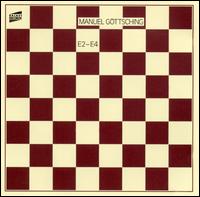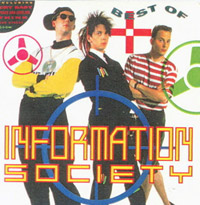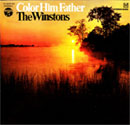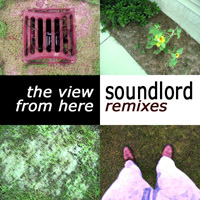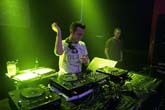 Sander van Doorn, a well-known trance producer from Eindhoven, has put together some pretty good studio tutorials for people interested in producing their own trance music. Like many professionals he uses Logic Studio for Mac to produce his music, so the tutorials have a bias toward that combination of tools. Regardless, his tutorials are fun to watch, feature some great tips, and also give some advice about what specific synthesizers and software synths trance producers might want to invest in.
Sander van Doorn, a well-known trance producer from Eindhoven, has put together some pretty good studio tutorials for people interested in producing their own trance music. Like many professionals he uses Logic Studio for Mac to produce his music, so the tutorials have a bias toward that combination of tools. Regardless, his tutorials are fun to watch, feature some great tips, and also give some advice about what specific synthesizers and software synths trance producers might want to invest in.
his studio sessions can be viewed on his personal website (in the members section), or on YouTube, which is where I’m going to link to them. I’ll also describe what you can find in them, in case you’re looking to learn something specific, or want to learn more about the tools and sample sets he uses. I’m writing this post for my own benefit as much as for anybody else’s; it is interesting to me to see what kinds of instruments and techniques other producers use to create music.
Episode 1: Sander gives a brief tour of his studio before starting in on a track. He loads up a kick on his software sampler and lays it down in Logic, then uses Klopfgeist to produce an amped-up drum bassline. He then adds some distortion with Logic. He adds a clap and a hi-hat from the Vengeance Minimal House sample set via the EXS-24 sampler, then ends with a simple percussion pattern.
Episode 2: Sander works on the melody of his new tune, and adds some reverb. He chooses a good trance-oriented sound for this melody using the Rob Papen Predator software synth, then adds a sub-layer bass and quantizes it. Finally, he selects a strings sample from the Spectrasonics Omnisphere software synth for this layer.
Episode 3: Next, Sander adds compression to give punch to the kick, and side-chain compression from the kick to the melody, before putting a limiter on the output. Next he demonstrates the use of the Neve compressor in Logic. Then Sander introduces some of his synths; the Access Virus C, the Waldorf Blofeld (which I use myself), the Minimoog Voyager (rackmount), the Nord Lead 2X, and finally, the Dave Smith Evolver PE. Okay, I admit it. I’m more than a little jealous of this fine collection of synths.
Episode 4: In the final installment, Sander answers viewer questions about basslines, track composition, minor keys, sound creation and quantization. In the process he demonstrates the Delay Designer and Space Designer in Logic. I’m still jealous of those synths by the way.
overall, quite useful information, so if you’re just starting out creating techno music I do recommend spending the time to go through the lot of them (which will take about 45 minutes total).
 The other day I was at the Apple Store checking out some computers, and I met a guy who works there who is way into music. Apparently he has a massive collection of vinyl that he is in the process of converting to mp3. He mentioned to me that he used to work at a record store; I found out a bit later when talking to one of the managers at the store that he used to own the record store. That’s one of the interesting things about the Apple Store – the employees there all seem to have diverse and interesting backgrounds.
The other day I was at the Apple Store checking out some computers, and I met a guy who works there who is way into music. Apparently he has a massive collection of vinyl that he is in the process of converting to mp3. He mentioned to me that he used to work at a record store; I found out a bit later when talking to one of the managers at the store that he used to own the record store. That’s one of the interesting things about the Apple Store – the employees there all seem to have diverse and interesting backgrounds.
